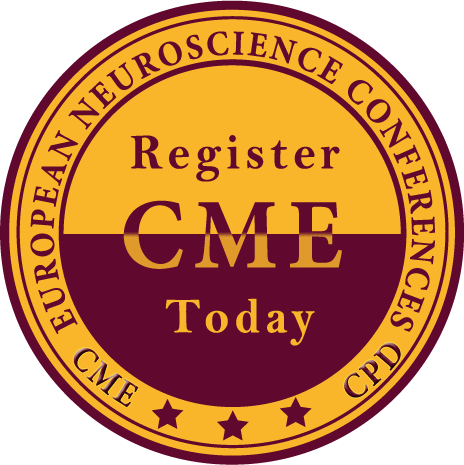Seyed Behnamedin Jameie
Iran University of Medical Sciences, Iran
Title: Neuroprotective effect of exogenous melatonin on the noradrenergic neurons of adult male rats’ locus coeruleus nucleus following REM sleep deprivation
Biography
Biography: Seyed Behnamedin Jameie
Abstract
Background: Melatonin primarily secrets by the pineal gland in dark phase of the circadian rhythm. In addition to its role as an internal sleep facilitator, melatonin acts as an antioxidant, anti-inflammatory and neuroprotective agents. Recently, melatonin has been introduced as a therapeutic strategy for sleep disorders. Hence, in the present study, we studied the neuroprotective effects of pre- and post-treatment of melatonin in locus coeruleus nucleus (LC) of rapid eye movement (REM) sleep deprived (REM-SD) male adult rats.
Methodology: Adult male rats of control, sham and trial groups were used in this study. By using flower-pot technique, short term REMSD was induced. Exogenous melatonin (ExMe) was used intraperitoneally in two forms of pre and post treatment. The protein level of cleaved caspase-3, number and density of tyrosine hydroxylase (TH) positive neurons and microglia population in LC was studied by Western blot and immunohistochemistry respectively. Morphological changes of LC nucleus and its neurons were also studied by using stereological analysis.
Results: The number of neurons and volume of LC was reserved in animals received post-RSD ExMe, apoptosis significantly was decreased comparing to RSD and Pre-RSD animals. Melatonin post-treatment of RSD rats also decreased cleavage of caspase-3 and increased reduced glutathione content in LC. Moreover, immunohistochemistry analysis revealed the increase number of TH positive neurons and decrease microglia migration.
Conclusion: Based on our findings, antioxidant properties of exogenous melatonin could play a critical role in certain type of sleep disorders.

